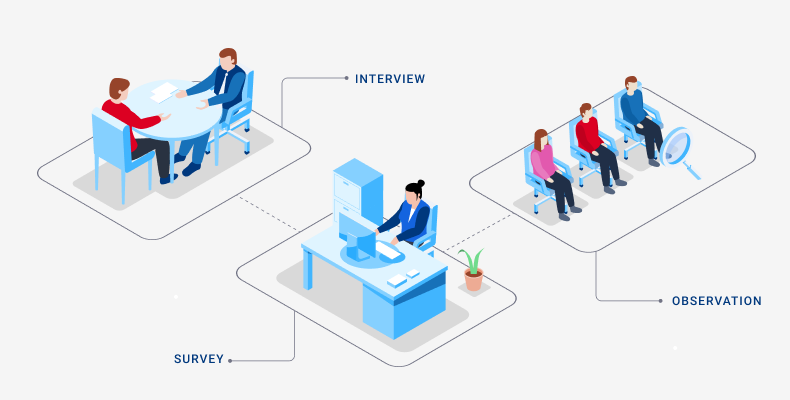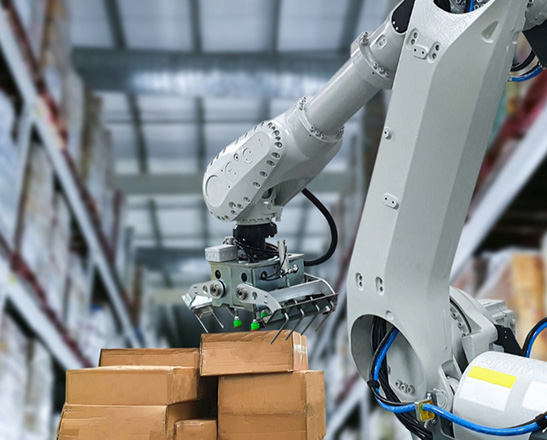Manual Process Discovery vs Process Mining Technologies
Manual process discovery involves identifying, analyzing, and documenting business processes through interviews, surveys, and observations. The process is typically carried out by a team of process analysts who gather information from different stakeholders to map out the process flow. Manual process discovery can be time-consuming and resource-intensive, but it provides a more detailed understanding of the process and allows for greater flexibility in adjusting the process flow.
However, manual process discovery entails several steps.
STEP 01
The first step is analyzing the functional structure of the organization through interviews with managers. These interviews provide insights into the workflows, dependencies, and specific tasks performed by different departments and teams. By understanding the functional structure, it becomes easier to identify key processes and areas that could benefit from automation.
STEP 02
Once the functional structure is analyzed, the next step is to identify the key roles involved in the processes. This is done by distributing questionnaires or conducting interviews with individuals that occupy these roles. The goal is to gain a comprehensive understanding of the major tasks performed by each role, including their frequency and any interactions with other processes or roles.
STEP 03
After identifying the key tasks, the next step is to evaluate their potential for automation. Factors such as rule-based decision-making, repetitive nature, volume of tasks, and availability of digital data or interfaces are considered during this evaluation. Tasks that exhibit a high potential for automation are prioritized for further analysis.
STEP 04
In the final step, automation solutions are formulated for the identified tasks. This involves a deeper analysis of the high potential tasks to develop practical and effective automation strategies.
The nuances of these steps make manual process discovery not only time-consuming but also error prone. It thus increases the downtime and maximizes the scope of potential failures of error mitigation.

Process mining technologies, on the other hand, are software-based tools that use data from event logs to discover, monitor, and improve business processes. Unlike manual process discovery, it can be automated, thereby establishing a streamlined workflow of data collection and analysis. The steps involved include:
STEP 01
Process mining technologies analyze event logs from various sources such as databases, ERP systems, and other applications to extract process-related data.
STEP 02
This data is then used to create process maps and visualizations, which help identify bottlenecks, inefficiencies, and opportunities for automation.
Overall, process mining is often faster and more accurate than manual process discovery, but it requires a significant amount of data and may not capture all the nuances of the process. Regardless, it reduces downtime and minimizes the scope of human errors to a great extent.





